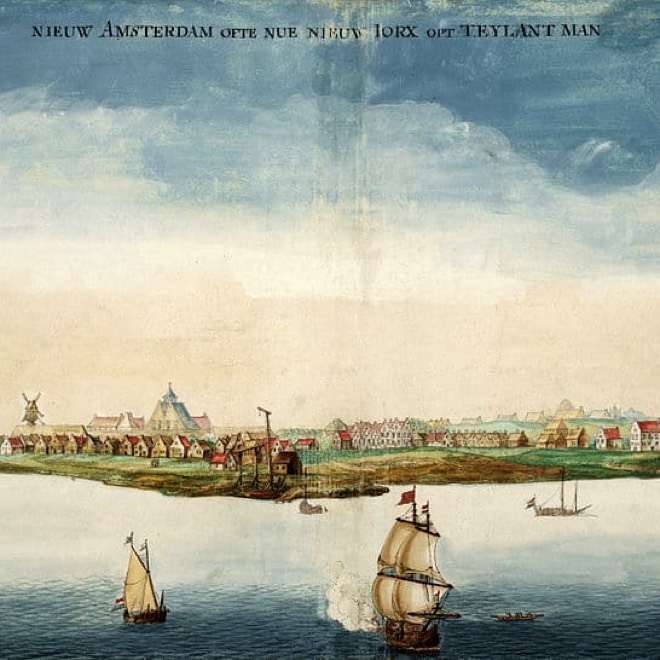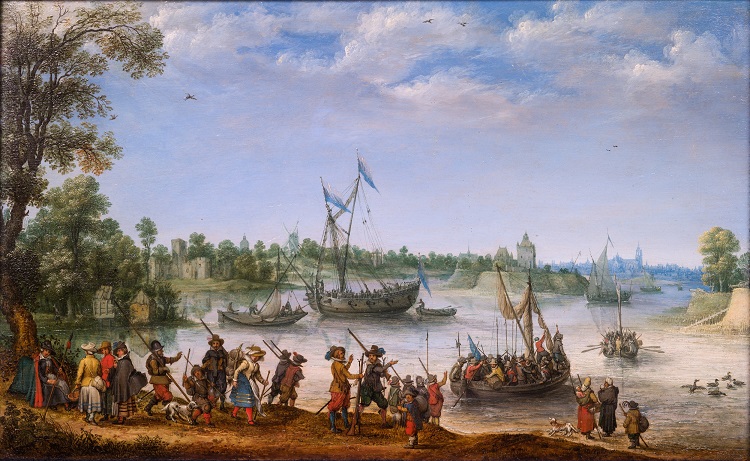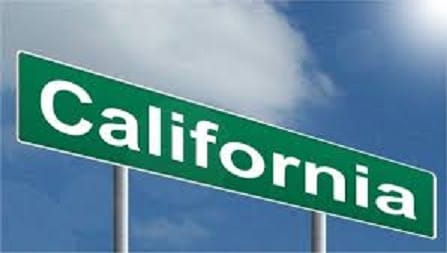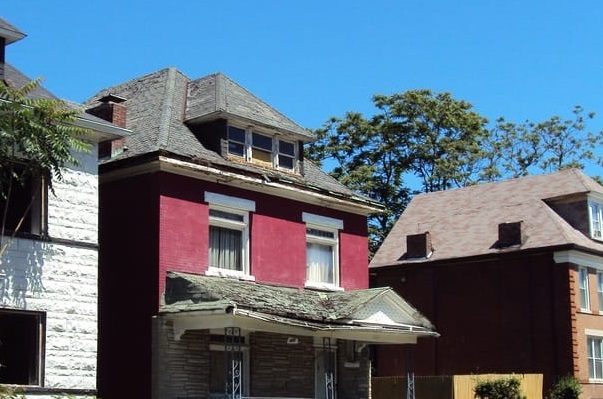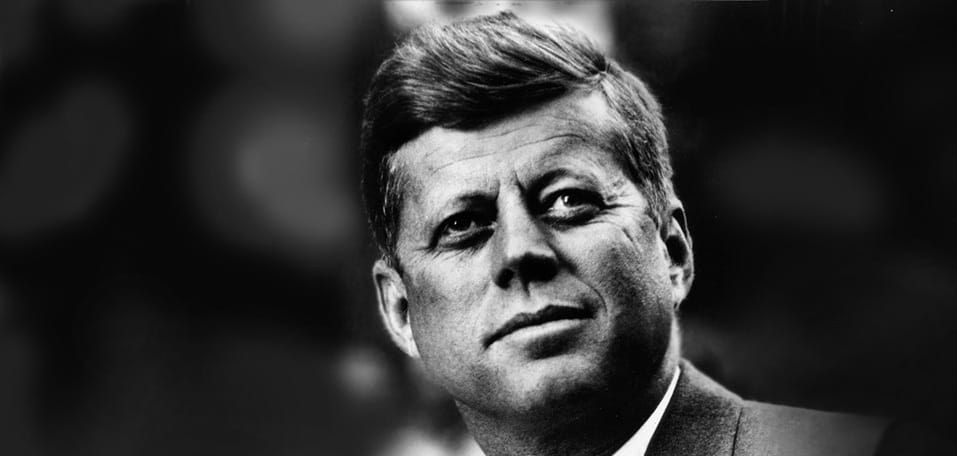Blog overview
We regularly invite guest bloggers to write about a range of topics related to American culture. Click below to read each collection of blogposts.
From 1936 to 1939 about 2,800 Americans, men and women of every background, race and class answered the anti-fascist call of the Spanish Republic and embarked upon a journey across the Atlantic to fight in the Spanish Civil War. This blog series tells their story, sometimes from an individual’s perspective, sometimes from a broader historical context in order to remember their contribution to international solidarity.
Since ancient times, thunder and lightning were seen as a wrathful Deity’s instruments of punishment. But when Benjamin Franklin invented the lightning rod in 1752, the way we view God and nature changed forever. Our scientific, religious, and artistic conceptions were transformed. With thunderstorms no longer a spectacle to be feared, Western poets, painters, and composers started to treat it as a subject in its own right. Never before was the beauty of lightning so extensively represented as during the transition from the Enlightenment to the Romantic era. Interestingly, Franklin visited the Dutch Republic twice, promoting his new device. Did he succeed?
“Dead End” is an archeovisual journey along the USA-Mexico border that aims at investigating its impact on people’s lives, culture, and history, perceived as elements of a common higher narrative. Precisely, the dead end. The documentary work features captures from Google Streetview taken on both sides of the border as well as archival material such as postcards and prints. The imagery has been combined with quotes from ordinary people and historical characters, excerpts from government documents, interviews, poems, and song lyrics which bear witness of the historical, cultural, and poetic dimension that these places along the border evoke.
This blog is the first of a monthly series with stories from the rich history shared by the American and the Dutch people. Authors from both countries will present a range of stories, full of triumphs and disappointments that come with hundreds of years of shared history. Not all stories will be ‘feel-good history’. While the relations between the Dutch and the Americans have for the most part been stable and peaceful, the shared history contains some darker moments as well. Acknowledging that errors have been made in the past does not take away from the friendship but, rather, deepens it.
‘US Embassies of the Cold War: the Architecture of Democracy, Diplomacy and Defense’ is a new first-of-its-kind, large format, photo-driven architecture book by David B. Peterson highlighting the fourteen most significant midcentury modern American Embassies built during the Cold War. This blog series will delve into a selection of Embassies from the book, offering readers a preview into how architecture was used as a powerful form of cultural diplomacy during the Cold War with embassies designed to express the American ideals of a progressive, democratic society.
The 5 essays in this series reveal the deep political divisions that almost tore the American Union apart during the War of Independence (1774-1783). So fractious were the founders’ political fights that they feared the Revolution might end in disunion and civil war among themselves. Instead of disbanding into blood-soaked separate regional confederacies, the founders managed to unite for the sake of liberty and self-preservation. This series, based upon the author’s new book ‘Disunion Among Ourselves: The Perilous Politics of the American Revolution’, serves as a touchstone for understanding the cornerstones of democracy, reminding us that commitment to civic virtue and ethical leadership is essential to sustain this fragile form of government.
This blog defines the contours of African American history and its global consequences, from 1619 through the present. It highlights the revelatory power of ‘All God’s Dangers’, now translated as ‘De kleur van katoen’, the oral biography of Nate Shaw, an eighty-four-year-old unlettered but brilliant cotton farmer from the American South. Shaw’s plain-spoken, often poetic narrative bears witness to the wrenching changes in the lives of Southern Blacks during the century between the end of Reconstruction in the 1870s and the Civil Rights movement in the 1960s. These short essays link his story with current developments, both in the US and the Netherlands, that affect Black lives everywhere.
“One can learn much about a political regime by observing closely what it builds”, MIT Professor Laurence Vale once wrote. The architecture of Washington DC is a great example, with more classic ancient-style structures than just about any major city. In this blog series, we explore why and how the US capital took so much inspiration from the ancient world, and what it means.
‘Riders of the Buffalo Nations’ is a documentary book and film project from filmmaker & photographer Doug Hancock. The project explores how, despite being introduced by settlers, rodeo has become an integral part of First Nations community life. ‘Riders of the Buffalo Nations’ follows several cowboys from First Nations families in the Pine Ridge and Northern Cheyenne reservations, spanning South Dakota and Montana. Images for the book were captured (with Kodak film stock) in 2022 and a preview will be shown in this blog series.
After having lived in Princeton, New Jersey for ten years, I recently returned to my native country. Goodbye Amerika, hello Netherlands. I figured, rather naively, that I would put on my country as a well-worn jacket. After all, I speak the language, I know the lay of the land, and I have friends and family around. The truth is, I find the re-adjustment not easy at all. The country seems to have changed. Familiar things have shifted around as glass pieces in a kaleidoscope. My eyes need to adjust constantly. But then, it could be me. Maybe I have been Americanized more than I thought. In this blog series, I share some experiences of things I encounter in my daily life as a recent ex-expat.
How does one package and sell confidence in the stability of a nation riven by civil strife? This was the question that loomed before the US government with an unprecedented sale of bonds to finance the Union war effort in the early days of the American Civil War. How the government and its agents marketed these bonds revealed a version of the war the public was willing to buy and buy into. The following five-part blog series by David K. Thomson looks at the importance of bond sales during the American Civil War on a domestic and international level.
If Richmond represented the historic heart of the Confederacy, then Monument Avenue was meant to memorialize its soul. Almost from the moment they were erected, the monuments to Confederate heroes attracted controversy and protest. This reached a climax in the summer of 2020 when Black Lives Matter protesters, outraged by the death of George Floyd, converged on the avenue to vent their fury. On July 10th, Jefferson Davis’s statue was dragged from its pedestal. Two days later, photographer Brian Rose packed up his cameras in New York and drove back to his home state to document the last days of the grand boulevard of the Lost Cause.
State of Georgia Code 16-1-5: ‘Every person is presumed innocent until proved guilty. No person shall be convicted of a crime unless each element of such crime is proved beyond a reasonable doubt.’
‘The Verdict: The Christina Boyer Case’ is a multi-layered case study of the U.S. criminal justice system and mass incarceration. In the book and the accompanying exhibition, photographer and artist Jan Banning delves into a three decades-old murder case in Georgia. On April 14, 1992, 22-year-old Christina Boyer was arrested on suspicion of killing her toddler daughter Amber and sentenced to life plus 20 years in prison. Almost 30 years later, she is still incarcerated.
By the end of their lives, America’s leading founders were surprisingly disappointed in the government and the nation that they had helped to create. In fact, most of them – including George Washington, Alexander Hamilton, John Adams, and Thomas Jefferson – came to deem America’s constitutional experiment an utter failure that was unlikely to last beyond their own generation. In this series Dennis C. Rasmussen draws on his new book, ‘Fears of a Setting Sun’, to tell the fascinating and too-little-known story of the founders’ disillusionment.
Just hop on your bike and go. May is National Bike Month! But in the Netherlands, cycling is such an ordinary activity that the Dutch themselves don’t realize how special it is. They leave the advocacy to ‘new eyes’ from abroad, like the Canadian couple Chris and Melissa Bruntlett. For the John Adams they wrote a five-part blog based on their new book ‘Curbing Traffic’.
Vestiges of racism and oppression, from bricked-over segregated entrances to the forgotten locations of racial violence, still permeate much of America’s built environment. ‘Ghosts of Segregation’, a project by photographer Richard Frishman explores these sites, often hidden in plain sight. It seeks to spark an honest conversation about the legacy of racial injustice in America today. One of his photos (left or see Blog tab) shows a former Tastee-Freez in Meadville, Miss., the place where in 1964, the KKK abducted two young black men. They were tortured and drowned in the Mississippi River.
After spending a decade in Washington D.C., native-Clevelander Chad Bilyeu moved to Amsterdam in 2009. In his comics ‘Chad in Amsterdam’, his autobiographical stories are portrayed by highly skilled artists who each draw their own version of him. As the comics try to bridge the gap between Amsterdammers, Dutch folks, expats, and tourists, it’s a great read for anyone who is into Amsterdam. In this blog series, we’ll explore the four issues published since 2018.
In 1620, a group of people who later became known as the Pilgrim Fathers, left the Dutch city of Leiden, boarded the Mayflower and set sail to America in search of liberty. Their story is remarkable, and one worth telling. Over time, it was also greatly romanticized and distorted. Based on the exhibition ‘Pilgrims to America’ at Museum De Lakenhal in Leiden, this blog series tries to paint a more nuanced picture of the Pilgrims’ enterprise.
This blog series tells the stories of a range of people living in different parts of the U.S. during the current pandemic. It gives an insight into their experiences, lives, hopes and fears, and how they cope.
This new blog series is about the Black Liberators – the African American soldiers who helped liberate Western Europe during the Second World War. We discuss the Black Liberators exhibition at the Dutch Institute for War-, Holocaust- and Genocide-studies (NIOD) in Amsterdam, the graphic novel ‘Franklin – A Dutch Liberation Story’ and interview a number of people who have been involved in these projects.
In 1859, the abolitionist John Brown led a raid on Harpers Ferry, Virginia (now West Virginia) to initiate an armed slave revolt. Although the uprising only lasted 36 hours and ended with him and his men taken prisoner, killed or forced to flee, it still captures the imagination. Mieke Bleeker travelled to Harpers Ferry and learned about the many layers of the story and the different perspectives on the raid.
In his book Atlantic City, American photographer Brian Rose captures a haunting image of the city once known as ‘the World’s Playground’, by documenting what remains of the city in the aftermath of the casino explosion. John Adams director Tracy Metz selected photographs from the book showing Atlantic City as a symbol of excess and decline.
American artist Rachelle Meyer lives in Amsterdam Noord and uses her 12 minute ferry commute to sketch her fellow commuters and the city’s changing seasons. In this blog series she takes us with her on her Faces on the Ferry art project.
Capturing the essence of musicians on film is quite difficult. Dutch photographer Emile Waagenaar succeeds in doing just that. In his book Arrête pas la musique! Portraits of South Louisiana, he showcases Cajun musicians in their homes and cities. His black-and-white photographs create an image not just of a musician, but also one of the Cajun culture of the Deep South. In this blog series we will present a few of his pictures with commentary from Emile Waagenaar himself.
The colonists in America started the war for independence from Great Britain in 1775 with an army that lacked everything. It was only thanks to the smuggle of arms and gunpowder through the Dutch free port of St. Eustatius that George Washington managed to keep up the fight in those important first years of the revolution. The decisive role played by this Dutch island in the birth of the United States is the subject of a new book by the Dutch journalist Willem de Bruin, published by Uitgeverij Balans. The title ‘De Gouden Rots’ – The Golden Rock – refers to the name by which St. Eustatius was known in the eighteenth century on both sides of the Atlantic.
No other state sparks the imagination like California does. The sixth economy in the world attracts whiz kids and entrepreneurs, surfers, musicians, entertainers, immigrants and tourists from around the world, all chasing their own Californian dream. Sometimes they make it, very often they don’t. Because not all that glitters on the West Coast is gold: the richest of all states is also home to the highest poverty rate in the country. Journalist Laila Frank spent most of 2018 traveling the West Coast. In this series she shares her adventures and observations.
In this new blog series Iris Bos, boardmember of Stem op een Vrouw, Kathelijne Niessen from Campagnebureau BKB and Casper Thomas, correspondent in Washington D.C. for Het Financieele Dagblad and editor of De Groene Amsterdammer, address several topics related to U.S. Midterm Elections.
In this blog series we focused on the theme of our event with Matthew Desmond on July 4, 2018: home evictions. In 2016, 2.3 million people were touched by eviction, showing this to be not just a local or regional problem, but a nationwide epidemic that is as much a cause of poverty as a result. At the event, Dutch journalist Arjen van Veelen read a column about his time living in St. Louis, on which he based his new book ‘Amerikanen Lopen Niet’. In this blog series you’ll find an interview with Van Veelen, three segments of his book, an interview with Matthew Desmond, and a review of the exhibition at the National Building Museum in Washington based on Desmond’s book ‘Evicted’.
Ross Tilchin, researcher at the Brookings Institution, came to Amsterdam to work for three months at the Amsterdam Economic Board. For the John Adams he wrote a twelve-part blog on the differences between American and European cities. “I hope to cover a wide range of topics, including urban quality of life, neighborhood design, cycling (of course), diversity and gentrification, and the role of creative industries in urban life.”
To commemorate a painful chapter in American history, the John Adams Institute published a series of blogs by Vietnam vets, all of them members of the 1964 class at Dartmouth college in New Hampshire. For the 50th reunion of the class of ’64 Phil Schaefer brought together 55 essays by classmates who served during the Vietnam era. ‘The war our country would like to forget, but should remember’, this is how Schaefer describes the Vietnam war in his introduction to the collection of essays.
De leden van de BKB Academie zijn in de Verenigde Staten voor een campagne trip. Ze leren campagnevoeren tijdens de ‘moeder aller campagnes’, de politieke campagne in de Verenigde Staten van Amerika. Vanuit dit BKB programma, bloggen de BKB leden de komende twee weken.
Vanuit Boston reist de BKB-Academie naar New Hampshire, waar ze de laatste dagen voor de primary rondlopen, spreken met journalisten, kiezers, vrijwilligers en een kijkje nemen bij de campagnes van Clinton, Sanders, Cruz, Trump, Rubio & Christie. Vervolgens vliegen ze door naar Washington DC, waar ze op bezoek mogen bij onder andere Politico,The American Enterprise Institute, 270 Strategies, Emily’s List, en . Al deze avonturen zullen te volgen zijn via deze blog.
‘New Amsterdam Stories’ is a project and weblog. Guided by scholars from the New Netherlands Institute (Albany, NY), it makes original documents found in both the New York Municipal Archives and the Stadsarchief Amsterdam(the Amsterdam City Archives) available to the general public for the first time. It highlights the individual stories of the people of New Amsterdam, by combining information that has been found on both sides of the Atlantic Ocean.
The midterm elections revealed the deep divisions within the US political system. With a Republican majority in both the House of Representatives and the Senate, Obama has a tough last two years ahead of him. In a short series of blogs, a number of America-watchers will reflect on the question: where do we go from here?
Between 29 October and 2 November 2014, the Impakt Festival takes place in Utrecht. Impakt presents critical and creative views on contemporary media culture and innovative audiovisual arts in an interdisciplinary context. American artist Scott Kildall will blog for the John Adams Institute about his residency and the theme of the festival, Soft Machines, the projects at the festival as well as his own projects, and his general experiences during his stay in the Netherlands.
In the days leading up to the fiftieth anniversary of this historic event, we published a series of blog posts by renowned Dutch and American academics, writers, journalists and thinkers on what JFK had meant to them.
Dutch journalist Kemal Rijken, author of Roma and journalist for Metro, covered the US 2012 Presidential Election and shared his experiences in this collection of blogposts.



